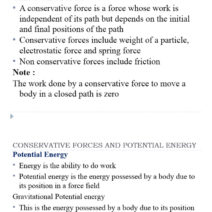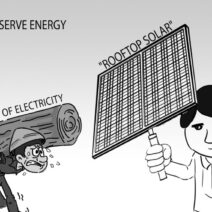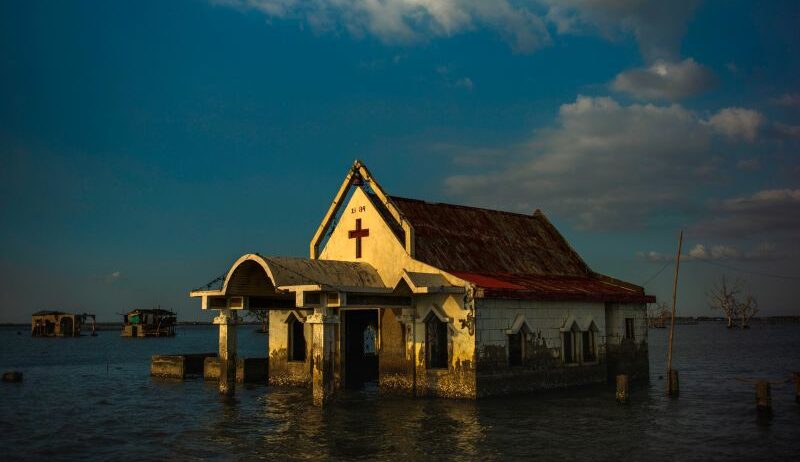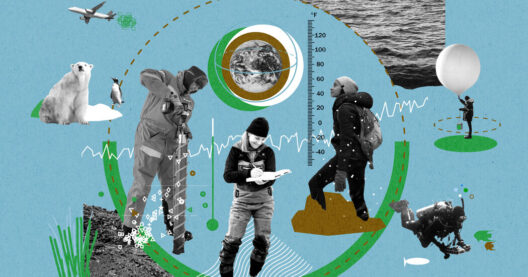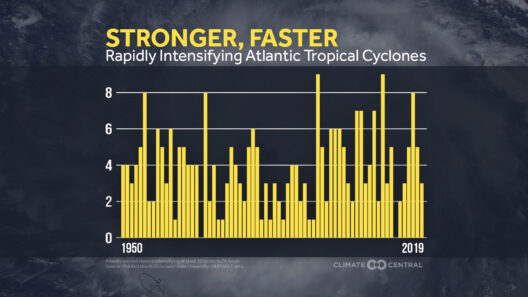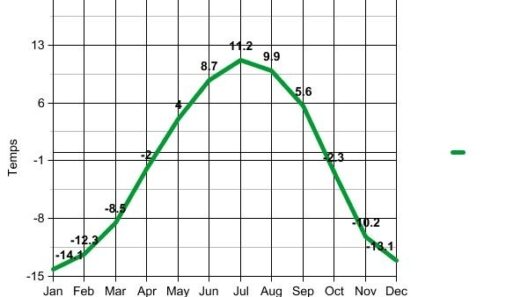As we stand at the precipice of climate understanding, one might ponder an intriguing question: Is climate change worsening, or are we simply becoming more observant? This inquiry encapsulates a multifaceted dilemma enveloping humanity’s relationship with the environment. Metaphorically, the world is akin to a grand theater, where climatic patterns perform increasingly dramatic acts, demanding our attention and response. The unfolding narrative encompasses a spectrum of experiences, from severe weather events to shifting seasons, and the evidence increasingly suggests that while we are indeed witnessing greater visibility, the essence of climate change is also deepening.
Historically, nature’s rhythms governed daily life with a delicate harmony. Communities thrived in sync with predictable seasonal shifts; farmers planted crops during the spring equinox and harvested bountiful yields in autumn’s embrace. Yet, the intricate choreography of these phenomena has been disrupted. Once steady patterns have frayed at the edges, leading to erratic weather that seems almost capricious. It is as if the Earth’s climate has taken on the role of a tumultuous artist, splattering canvas after canvas with errant strokes of volatility.
With the advent of advanced technologies, the shadows of climate change have been illuminated with unparalleled clarity. Data from satellites and ground-level sensors paint a dire portrait of changes that had previously gone unnoticed. The Immense Arctic ice caps, once regarded as eternal sentinels, now drip away at alarming rates. Temperatures are reaching unprecedented highs, and the oceans, overwhelmed by excess carbon, become increasingly acidic. This visibility transforms the invisible specter of climate change into a stark reality, prompting visceral responses across global communities.
However, we must not conflate newfound visibility with a mere increase in climate change itself. The question, then, becomes one of perception and reality. The alarm bells sounded by climate scientists have not only become louder but also more pronounced. Extreme weather events—from the roaring hurricanes that savage coastlines to the relentless wildfires that consume woodlands—have become nearly commonplace. The theatricality of these events breeds an acute awareness among the populace; indeed, it appears as if nature itself is sounding an alarm. Yet, as the spotlight on climate issues brightens, deeper narratives may be obscured amidst the cacophony of vivid images and headlines.
A grotesque process of “normalization” has occurred. What was once extraordinary—record flooding, relentless drought, and unpredictable storms—has been integrated into our daily lexicon. Communities have begun to adapt not just to climate change, but to the perpetual onslaught of its ramifications. Is this adaptation indicative of a worsening condition, or merely a reflection of our heightened awareness? In navigating this complex dichotomy, we must consider the very definitions that underpin our understanding of the climate crisis.
From an ecological perspective, climate change has indeed advanced with alarming ferocity. The Sixth Mass Extinction is underway, with species disappearing faster than at any other time in human history. Biomes are shifting, with flora and fauna struggling to adapt to changing temperatures and habitats. Hence, while we forge ahead into a world where the impacts of climate change are increasingly visible—where the stage is set for impassioned discourse—the subtle layers of ecological despair threaten to lurk in the background, unnoticed by many.
The distinct regions of the planet exhibit a mosaic of experiences. In the Arctic, scientists document ice loss with rapidity, while in the equatorial regions, chronic drought parches once fertile grounds. These localized impacts, when woven together, create a grand tapestry illustrating a world in flux. Individuals witnessing this transformation are compelled to engage with the acute realities of climate change, but the question of whether this visibility amplifies the overall trend of change remains complex.
It is essential to approach these dilemmas with a historical lens. For decades, patterns of climate change were charted through averages and statistical modeling. Comparatively, we regarded temperature rises as theoretical anomalies. Yet, as the visible manifestations intensify, we transition from observing data points on a graph to witnessing the tangible consequences of climate disruption. Thus, while the climate crisis has always been a slow-burning tragedy, today’s severity is enveloped in a shroud of catastrophic immediacy.
Yet, within this bleak panorama lies a unique appeal—a chance for awakening. Global discourse surrounding climate change has reached fervent heights, propelling entire generations toward activism with unprecedented zeal. Communities once passive are now mobilizing for change, addressing outdated narratives with a fresh perspective. Scientific literacy, advocacy, and tangible action are surging forth in response to an increasingly visible narrative of crisis.
In conclusion, the inquiry into whether climate change is worsening or merely more visible presents an intricate reflection of our times. While the evidence suggests an undeniable escalation in climatic impacts, our enhanced perception has fostered an awakening that cannot be dismissed. As we navigate the convoluted interplay of awareness and reality, the conversation shifts; no longer can we afford to remain mere observers in this grand performance. The urgency of action permeates every facet of society—an invitation to rewrite the narrative, shape the future, and reclaim the equilibrium we once took for granted. The stage is set, and the call to action resonates profoundly; it is time to act, lest the artistry of our natural world slips further into disarray.

